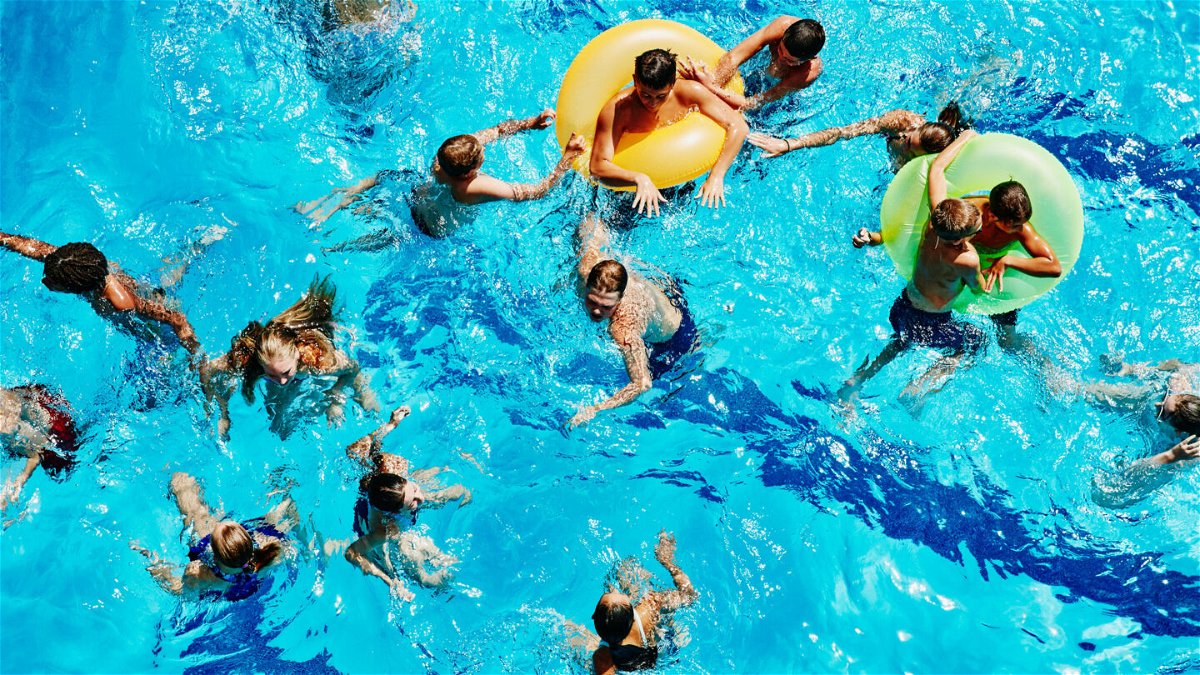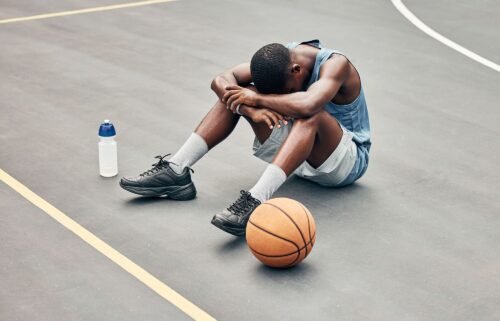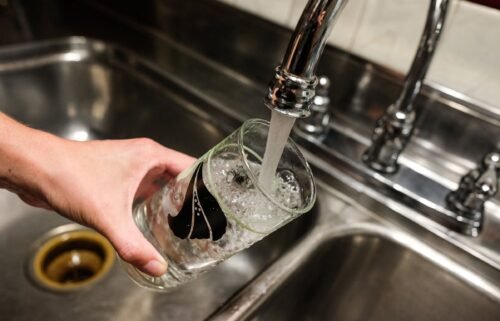This group of children is up to 10 times more likely to drown than others, a report finds

Swimming is a fun activity in the summer but can quickly turn deadly when children are not supervised.
By Megan Marples, CNN
Drowning is one of the leading causes of unintentional injury-related death for children ages 1 to 19 in the United States, but some children have a significantly higher chance of drowning than others.
Teenage boys ages 15 to 19 are 10 times more likely to drown than girls, according to a July report published by the American Academy of Pediatrics.
The report said it could be due to multiple factors, including boys overestimating their swimming abilities more than girls or greater alcohol use among boys compared to girls.
“One only has to go to open water settings and watch how many males compared to females are in the water,” said Dr. Linda Quan, pediatric emergency medicine physician at Seattle Children’s Hospital and an author of the report.
About 75% of all children and teenage drowning victims are boys, the report said.
The report also found Black and American Indian/Alaska Native children ages 19 and under were significantly more likely to drown compared to other races.
When it came to fatalities in swimming pools, Black children ages 5 to 19 were five-and-a-half times more likely to drown than White children.
“We know that low socioeconomic neighborhoods have fewer resources,” said Quan, who is also a professor emeritus of pediatrics at the University of Washington School of Medicine, Seattle. “These need to be addressed as a community issue.”
All communities should have access to aquatic recreational opportunities and school-age children should pass a swim test, she added.
Young children are the most common victims
For children ages 1 to 4, drowning is the leading cause of unintentional injury-related death, according to the report.
For infants, most drownings occur in bathtubs or large buckets, the report said.
Up to 30% of caregivers admitted to leaving children under 2 years old unsupervised in a bath for between one and a little over five minutes, according to the AAP report.
Children should be supervised at all times, Quan stressed, because they do not have the wherewithal to stop themselves from drowning.
“It seems ridiculous, but I’ve watched my own 2-year-old stumble and sit down in a body of water covering her nose and do nothing to save herself” she said. “I had to yank her up to standing.”
For drowning, timing is everything
About 70% of US drowning deaths in children 15 and under happen between May and August, the report said. This coincides with some of the warmest months of the year when many children are on school break.
The time between 4 p.m. and 6 p.m. are the most dangerous hours for drownings. Around half of drownings occurred during this time, the busiest period of time for swimming, according to a separate study cited by the report.
This is also the time when adults are often multitasking, often trying to cook dinner and help their children with homework, Quan said.
She recommends parents utilize pool fencing and other passive interventions, which are injury prevention tools that require no work on behalf of the parents.
How to keep your children safe
The American Academy of Pediatrics encourages parents to practice multiple water safety guidelines to prevent drowning.
For at-home pools, the academy recommends installing a fence at least 4 feet tall, with self-closing gates that surround the pool.
Children should be supervised at all times and wear life jackets while swimming, according to the AAP.
For an added layer of protection, parents should enroll their children in swimming classes beginning at age 1. Speak with your pediatrician for more specific recommendations.
Infants should never be left unsupervised in a bath, as bath seats can tip over. Once the child is done with bath time, immediately pour out the water.
If someone is drowning, the AAP recommends the following steps:
- Recognize the signs of someone in trouble and shout for help.
- Rescue and remove the person from water without putting yourself in danger.
- Call emergency medical services.
- Begin rescue breathing and CPR and use an AED (or automated external defibrillator) if available.
- Transfer care to advanced life support, if needed.
The-CNN-Wire
™ & © 2021 Cable News Network, Inc., a WarnerMedia Company. All rights reserved.



